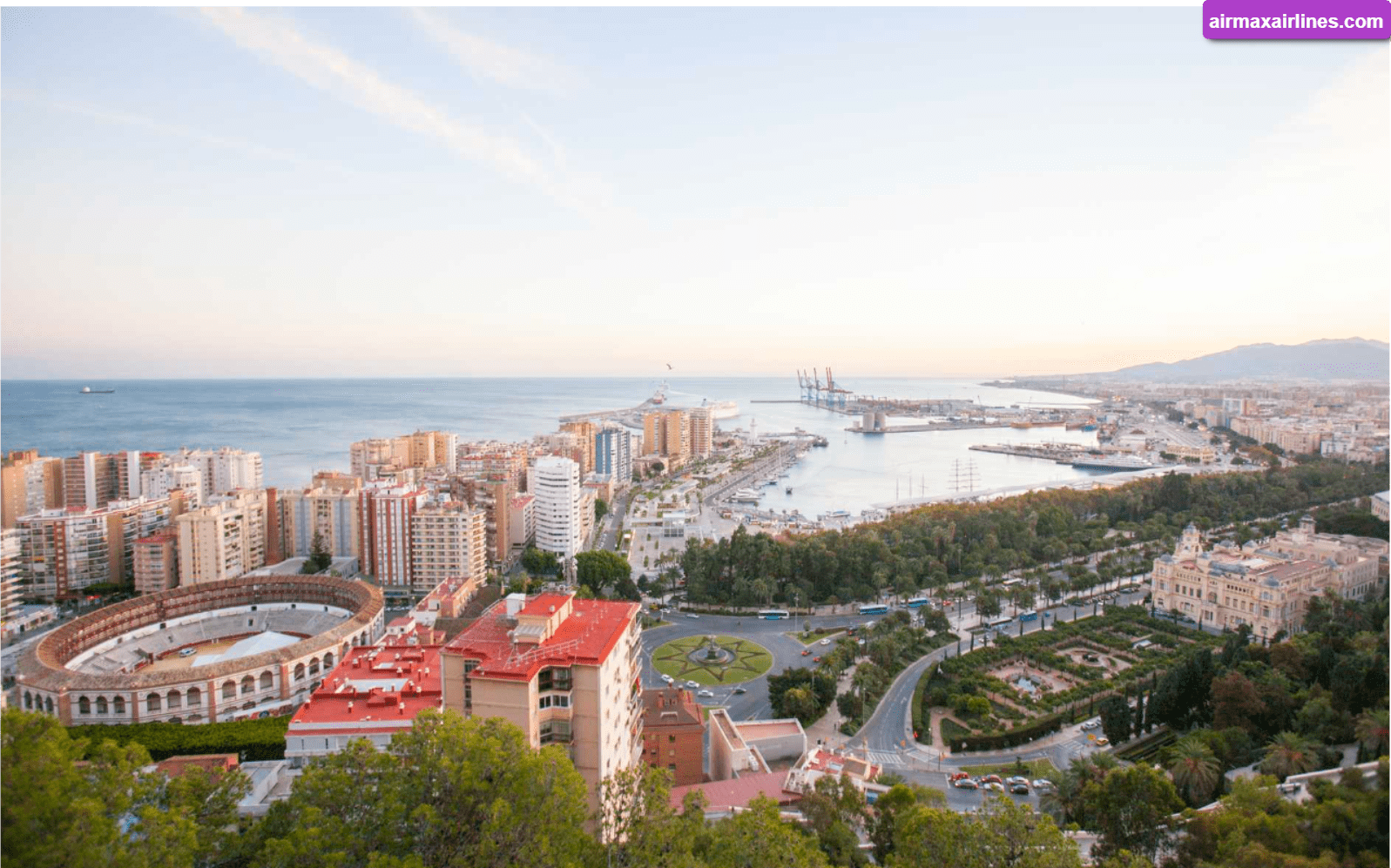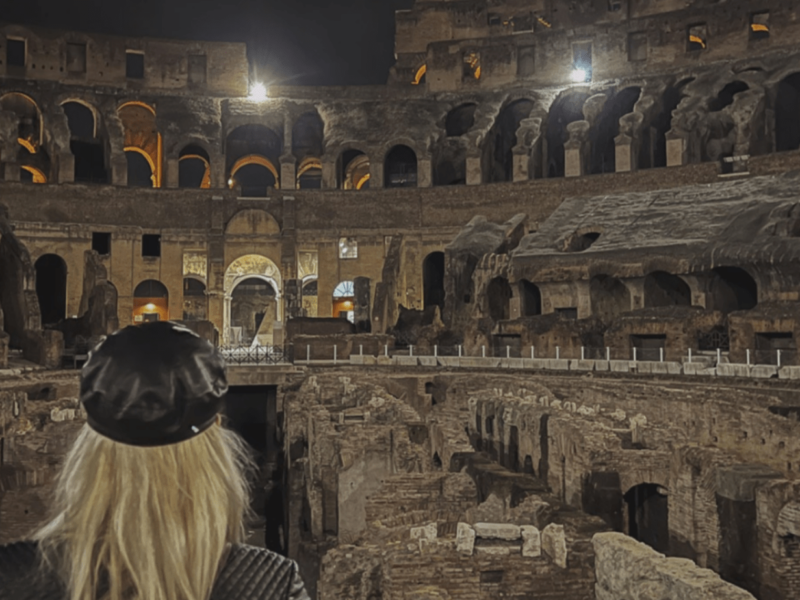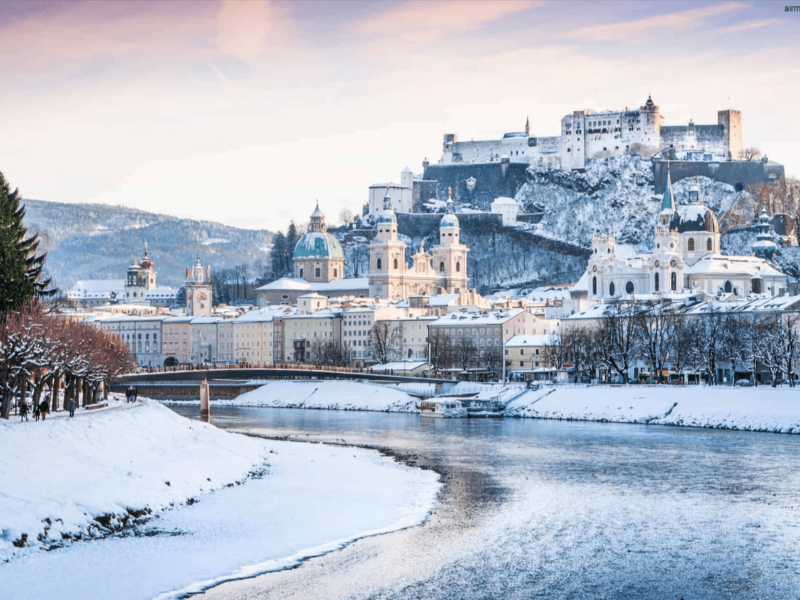If you’re seeking a profound cultural immersion that resonates deeply, the Holy Week celebration in Malaga is an absolute must-see. It’s a chance to witness the strength of faith, marvel at the artistry of the pasos, and dive into the vibrant Andalusian culture. So, pack your bags, grab your camera, and get ready to be enchanted by the magic of Semana Santa in Malaga.
During the Holy Week celebration in Malaga
During the Holy Week in Malaga, the city becomes a stage for a dramatic display of religious devotion, artistic flair, and cultural heritage. From Palm Sunday to Easter Sunday, Malaga’s streets turn into a living tapestry of processions, each brotherhood parading an elaborately decorated paso (float) depicting scenes from Jesus’s Passion. These pasos, some weighing over a ton, are meticulously crafted works of art, their intricate details illuminated by the flickering candlelight.
Arriving in Malaga on Maundy Thursday, amidst Semana Santa, was an experience I had not anticipated. The celebration of Semana Santa in Malaga proved to be incredibly beautiful, exhausting, educational, and enriching.
Malaga during Semana Santa
Malaga during Semana Santa is alive with activity. The Holy Week begins with processions on Palm Sunday, featuring nine parades throughout the day. The first parade starts at 9:45 am, and the last concludes at 1:15 am the following morning. Processions, organized by various churches and brotherhoods, make their way through the city to the cathedral. Each day includes between six and nine processions, except Holy Saturday, which has none. The most significant parade takes place on Easter Sunday at 10:00 am. Timetables for Holy Week events are available at hotels and rental apartments, so advance planning is not necessary.
As we were unpacking in our apartment, the sounds of loud music filled the air. Drums, trombones, and brass created a distinctive blend of marches and classical music, both melancholic and energetic. It was both beautiful and unusual.
Our apartment, situated in the heart of Old Town Malaga, was conveniently located along one of the procession routes, offering us a firsthand view of the Semana Santa events. However, this prime location also meant that we were very aware of the evening and night processions as they passed under our balcony or on the nearby street.
Facts about the Holy Week celebration in Spain
Holy Week in Christianity is the week preceding Easter, marking the final days of Jesus’ life. Each day of the Holy Week commemorates different events leading up to Jesus’s resurrection on Easter Sunday. Similarly, the processions each day highlight various events from these days. Participants in the processions wear Nazareno robes, which include a tunic and a conical hood to conceal their faces. These robes have medieval origins. Typically, a Holy Week procession in Malaga features two floats, one depicting Jesus and the other the Virgin Mary. On Good Friday, most processions are silent, and as the final processions conclude, the city’s lights are extinguished.
Processions last at least a few hours
The processions last several hours, moving slowly due to the weight of the floats and frequent breaks. You can book seats along the main street to watch, but getting closer to the floats and processions is possible by viewing from the street.
When the procession pauses for a break, you can see the light from the candles, though not all processions feature lit candles. The aroma of incense fills the air, and you get a close-up view of the robes and faces behind the capes. You can also appreciate the grandeur of the floats and their decorations.
People wearing Nazarenos carry candles or wooden crosses
Participants wearing Nazareno robes often carry candles or wooden crosses during the procession. Additionally, many children and some adults carry balls made of wax collected from candles used in previous processions.
Holy Week celebration in Malaga
Holy Week celebrations are observed in many Christian countries, each with its own unique traditions. In Malaga, Semana Santa traditions span over 500 years. The most spectacular processions occur on Maundy Thursday and Good Friday. On Maundy Thursday, the Cristo de Mena, or Cristo de la Buena Muerte, arrives in Malaga port around 11 am, escorted by the Spanish Foreign Legion, making it one of the most renowned and visually striking processions of Easter. Good Friday is marked by silent processions, with no accompanying music.
Visiting Malaga during Semana Santa
Visiting Malaga during Semana Santa can be challenging, exhilarating, and fun. The city is alive with music, the scent of incense, vibrant colors, and the presence of both locals and tourists. Holy Week represents the commemoration of Jesus’s life, offering a time of mourning and reflection.
Easter processions in Spain
The intensity of the smell, music, noise, and crowds during Easter and Holy Week in Spain can be overwhelming if you stay for the entire six days. Each day commemorates a different event, and the beauty of the processions and floats is evident throughout Holy Week.
Palm Sunday procession
Palm Sunday, marking the end of Lent and the beginning of Holy Week, commemorates Christ’s triumphant entry into Jerusalem before his crucifixion. The faithful often receive palm fronds to reenact this arrival. On Palm Sunday, nine brotherhoods parade, each focusing on a specific event from Jesus’s life. The first procession starts at 10:00 am with the Brotherhood of Pollinica, which has increased children’s participation, signaling the start of Holy Week.
Holy Monday
Holy Monday features the procession of Jesus the Captive, the longest parade of Holy Week. Six brotherhoods participate, commemorating various events, including gypsies who accompany their figures with song and dance through the city center.
Holy Tuesday
On Holy Tuesday, the Virgen de las Penas procession showcases a throne adorned with a mantle of fresh flowers. The men carrying the throne adjust its height in rhythm with the music. There are six processions on this day.
Holy Wednesday
Holy Wednesday is notable for the release of a prisoner, a tradition dating back to the 18th century. The day features some of the oldest and most traditional brotherhoods, with seven brotherhoods and fifteen thrones taking to the streets. A pardoned prisoner accompanies the Christ figure in the processions.
Maundy Thursday
Maundy Thursday features the Parade of Legionaries, who arrive at Malaga port and join a city procession. This day includes participation from some of the most historically significant brotherhoods, with eight brotherhoods marching, including the Brotherhood of the Holy Supper and Christ of the True Cross, known for its silent procession.
Good Friday
Good Friday’s processions are solemn and mostly silent. The day includes the official town hall brotherhood and the religious figure Virgen de los Dolores, with the city’s lights dimming as the procession passes. Eight processions take place on Good Friday.
Easter Sunday
The Easter Sunday procession marks the end of Holy Week, featuring the Resurrection of Jesus and the Virgin Queen of Heaven. Organized by the Brotherhoods Association, this final procession depicts Jesus meeting his Mother after his resurrection, signaling the conclusion of the Holy Week celebrations. On this day, the black and purple robes are replaced with white and green for the Resurrection procession.
Where to stay in Malaga
A word of advice: book your flights and accommodation early. We stayed in a one-bedroom apartment, Livin4Malaga, located in Old Town Malaga, just a 5-10 minute walk from the cathedral, shopping street, and restaurants. The apartment featured a small balcony, a bathroom with a shower, a spacious bedroom with a king-size bed, and a fold-out couch in the living room. The kitchenette included a fridge, cupboards, sink, and a dining table for four. The apartment was on the third floor, accessible by elevator. The rooftop terrace offered a daybed, sunbeds, sun umbrellas, and high tables with chairs. Bring your drinks and snacks to relax in the sun, and don’t forget your sunscreen!


